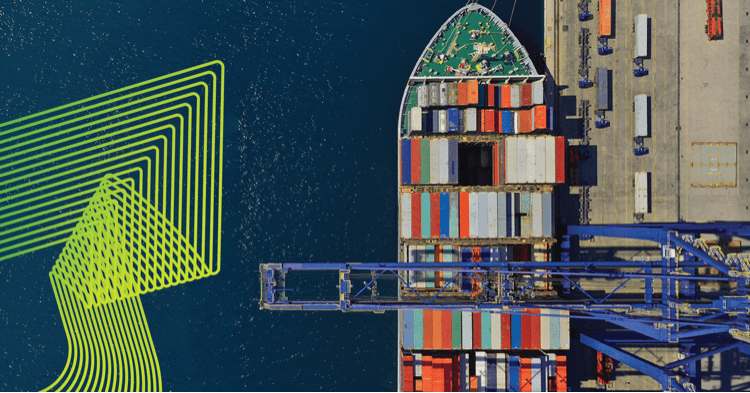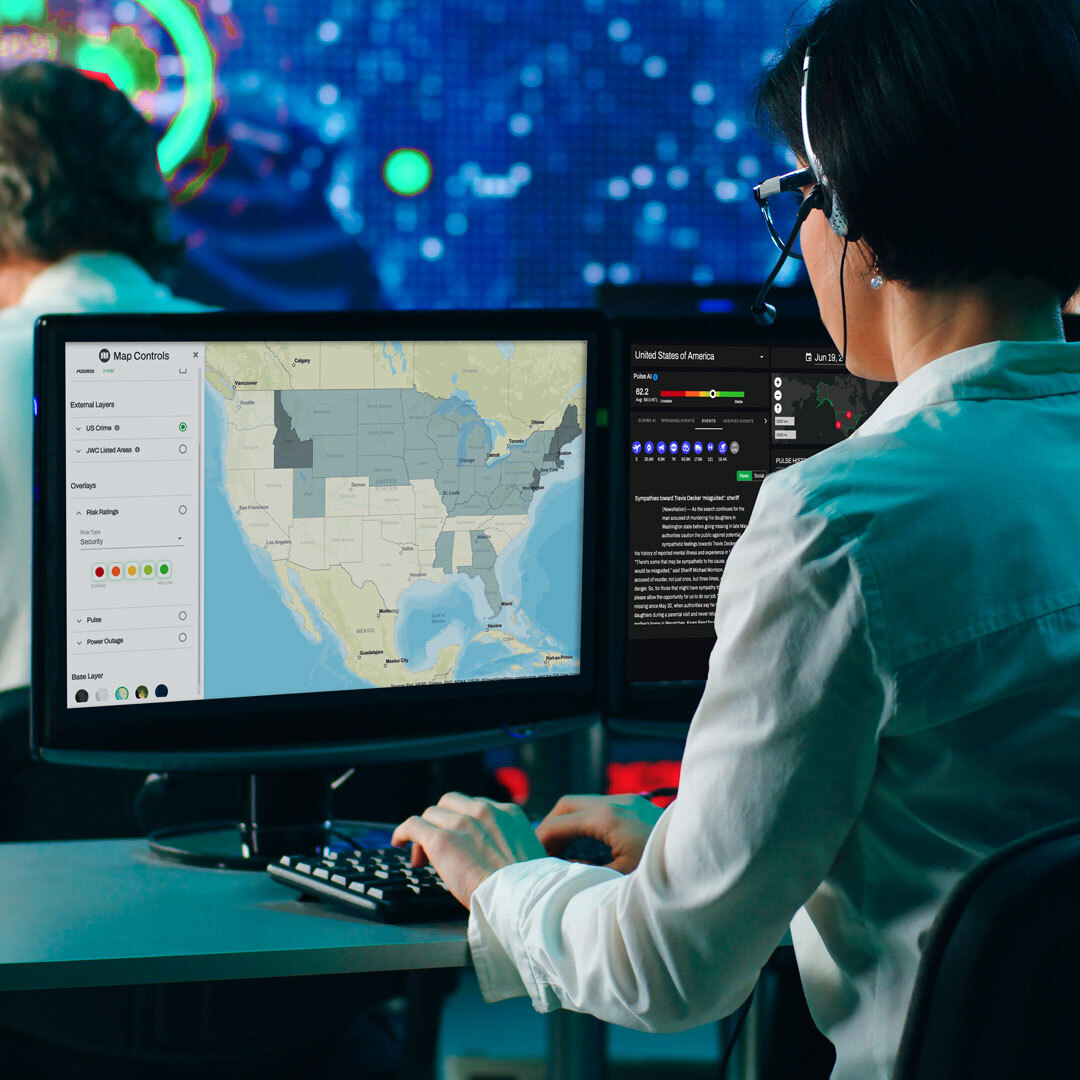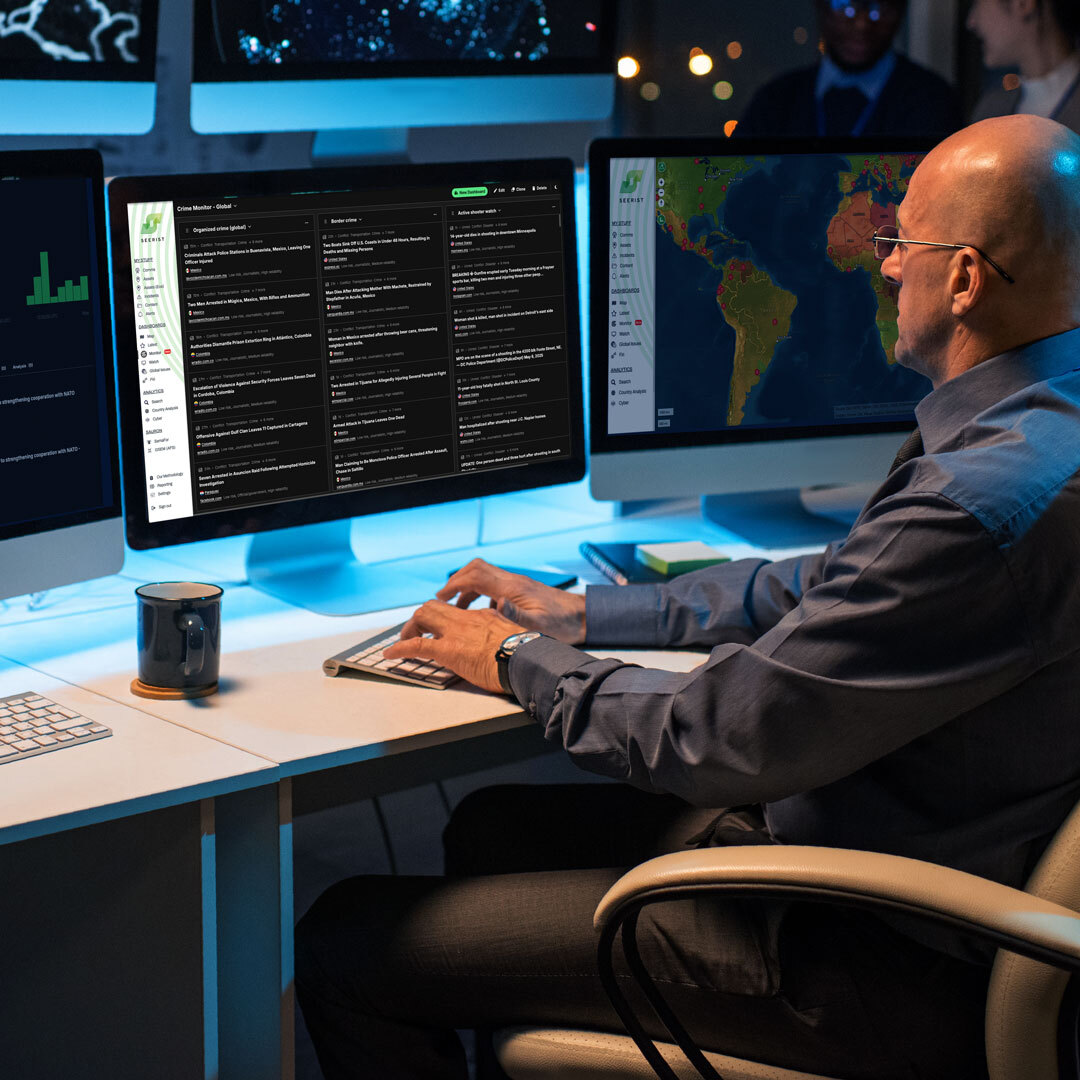In today’s interconnected digital landscape, the spread of disinformation and misinformation poses significant challenges for threat, security, and risk professionals. A survey from early 2023 by YouGov found that between 30 and 45 percent of surveyed consumers in selected countries worldwide had witnessed false or misleading COVID-19 news in the week running to the survey, with U.S. and Slovakian respondents most affected. Suspicious or false political news was also a problem, particularly in the United States, and Slovakian consumers were the most likely to have seen false information about the war in Ukraine. This snapshot demonstrates the potentially large scope of the disinformation and misinformation issues growing around the world. Allison Wood, Seerist’s Head of Intelligence, sheds light on the complexities and nuances of tackling this pervasive issue.
Misinformation, as Wood explains, refers to inaccurate or misleading information that circulates without malicious intent. It may stem from genuine confusion or misinterpretation of events. For instance, during the COVID-19 pandemic, false claims about treatments or the origins of the virus circulated widely, often fueled by genuine but misguided beliefs.
On the other hand, disinformation is a more insidious form of falsehood deliberately propagated to deceive and manipulate. This can have far-reaching consequences, as seen in efforts by foreign entities to sway public opinion or interfere in elections, as evidenced by Russian interference in the 2016 US presidential election.
Wood emphasizes the evolving nature of disinformation tactics, which exploit the speed and interconnectedness of modern communication networks and social media. Propaganda, a longstanding tool of influence, has found new avenues for dissemination in the digital age, posing unprecedented challenges for governments, corporations, and individuals alike.
For threat, security, and risk professionals, understanding the distinction between misinformation and disinformation and how these tactics are evolving is crucial in both providing solid intelligence to key stakeholders, as well as organizations who could be affected by emerging narratives in the information landscape. It also informs monitoring and mitigation strategies. While misinformation may require efforts to educate and correct false beliefs, combating disinformation demands a multifaceted approach that addresses its underlying motives and perpetrators.
The impact for threat and risk professionals includes:
- Having to continuously question source of the information.
- Trying to eliminate the conscious or unconscious bias in which the information is viewed.
- Assessing the impact of new tools like AI and large language models that bring speed but pose potential trust issues.
One key aspect highlighted by Wood, is the importance of information verification and source reliability. Platforms and tools equipped with “verified” features – where human researchers confirm the validity of the data – enable users to discern credible information from dubious sources. By empowering users like security or intelligence analysts to make informed judgments or recommendations, these mechanisms serve as a bulwark against the spread of false narratives.
Furthermore, Wood underscores the role of ongoing research and development in refining strategies to combat disinformation. From identifying emerging tactics to developing innovative technologies for information verification, continuous adaptation is essential in staying ahead of evolving threats.
While government entities often lead the charge in tracking disinformation due to its broader societal implications, commercial organizations are increasingly recognizing its relevance to their operations. As Wood notes, companies can be affected by misinformation and may become targets of disinformation campaigns, necessitating proactive monitoring to safeguard their interests and reputations, adding an additional burden to already beleaguered security teams.
The fight against disinformation and misinformation certainly requires a coordinated effort involving governments, businesses, and civil society. Threat, security, and risk professionals are crucial stakeholders in this endeavor, leveraging their expertise to mitigate the impact false information could have on their organization from safeguarding their people and assets to overall operations.
Advancing Information Verification at Seerist
Seerist’s augmented analytics solution combines AI, machine learning, and expert human analysis to deliver trustworthy threat intelligence. By automating the collection of global data, capturing various shifts and swings, and filtering out the noise, Seerist provides valuable insights. These insights are seamlessly integrated into a user-friendly dashboard, ensuring swift and dependable decision-making in crucial moments.
Book a demo to see Seerist’s threat intelligence tools in action or follow us on LinkedIn to learn more about how Seerist helps you stay ahead of the curve.






